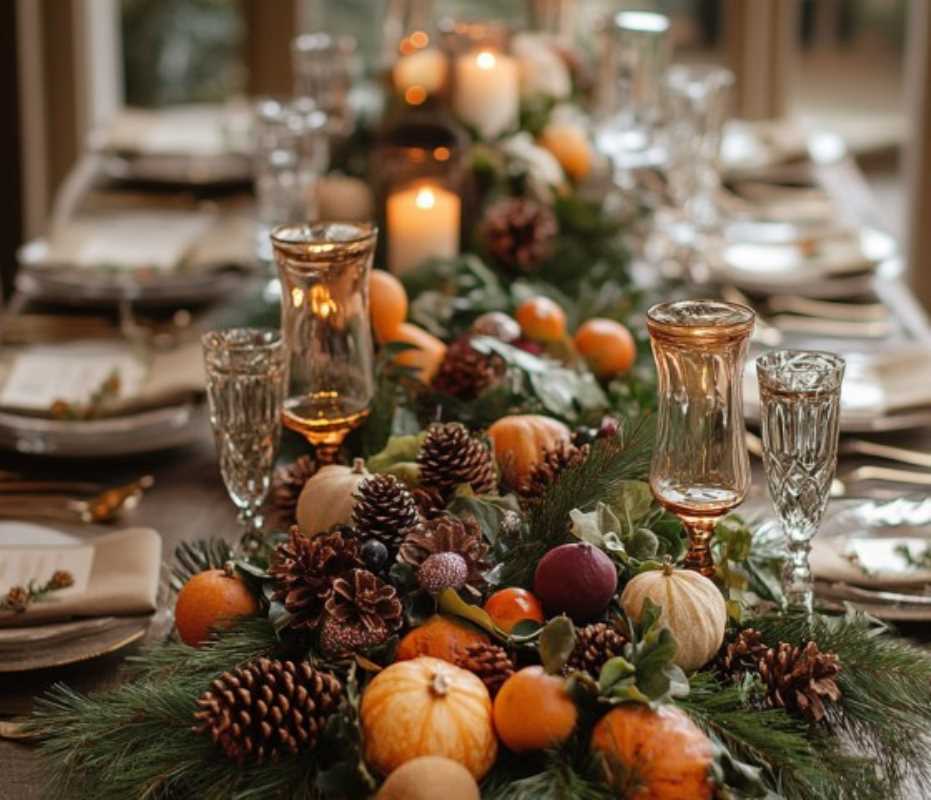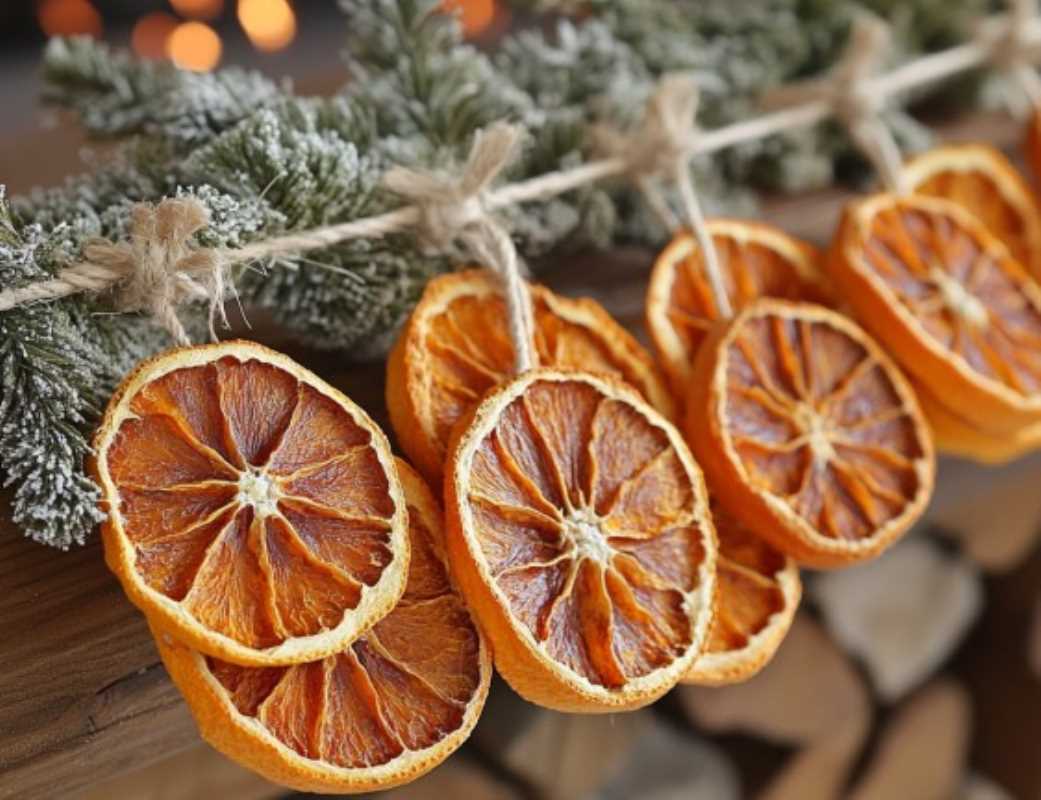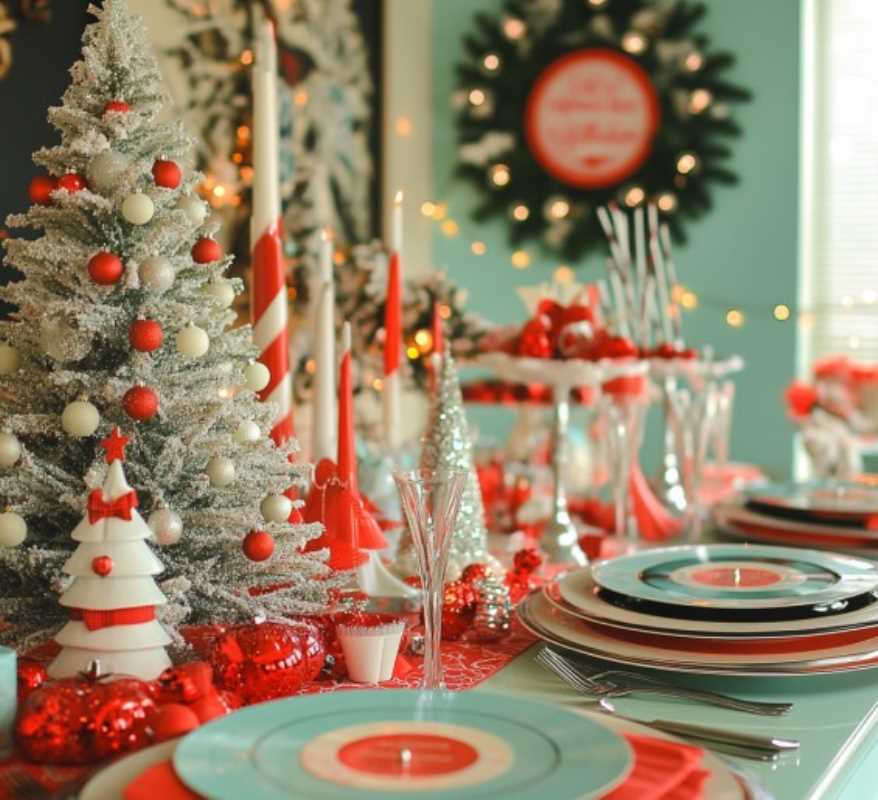When the temperatures dip, layering becomes more than just a fashion choice—it’s an essential skill for staying warm while looking stylish. The art of layering allows you to mix and match different pieces, textures, and colors to create chic outfits that are practical and versatile. Whether you’re strolling through frosty city streets or heading to a cozy dinner date, layering can elevate your look while keeping you comfortable. Here’s how to master layering this fall and winter with practical, stylish tips.
The Basics of Layering
Effective layering is all about combining pieces strategically to build warmth without bulk. There are three main components to focus on:
- Base Layer: This is the foundation that sits closest to your skin. The key here is choosing something breathable and moisture-wicking, especially for brisk outdoor outings.
- Best Fabrics: Consider merino wool, thermal cotton, or lightweight synthetic blends. These fabrics trap heat while wicking away moisture.
- Examples: Turtleneck tops, fitted long-sleeve shirts, or thermal leggings.
- Mid-Layer: The mid-layer adds insulation to your outfit, helping to keep you warm. This layer provides an opportunity to experiment with textures.
- Best Fabrics: Wool, fleece, knits, or cashmere are excellent choices for cozy insulation.
- Examples: Chunky knit sweaters, cardigans, fleece jackets, or tailored blazers.
- Outer Layer: The outer layer is your shield against the elements. It should provide protection from wind, rain, and snow while pulling your outfit together.
- Best Fabrics: Opt for wool coats, waterproof parkas, or puffer jackets.
- Examples: Oversized trench coats, down jackets, or leather biker jackets.
By layering these components correctly, you can stay both warm and stylish, no matter the conditions.
Fabric and Color Choices
Choose the Right Fabrics
Your fabric choices can make or break your layering game. Here’s what you need to know:
- Wool and cashmere are your best friends for retaining heat while remaining lightweight. Use them in cardigans, scarves, or socks.
- Cotton works well for base layers indoors but may not keep you warm outdoors since it absorbs moisture.
- Synthetic blends like polyester or fleece are great for activewear and casual layering because they wick moisture and dry quickly.
Play with Color
Layering provides the perfect opportunity to experiment with color. Start with neutral shades like black, white, beige, or navy as your base. Then, introduce pops of color or prints in your mid and outer layers.
- Use earthy tones like rust, olive green, or burgundy to echo seasonal hues for fall.
- Try deep jewel tones like emerald or sapphire for winter sophistication.
- Layering with monochromatic tones (e.g., all black, greys, or creams) creates a sleek and polished look.
Tips for Layering Different Clothing Types
1. Turtlenecks Are Your Best Friend
Turtlenecks are versatile base layers that add warmth and elegance to any outfit. Slip a fitted turtleneck under a sleeveless dress for a chic fall ensemble, or layer it beneath a blazer for work. Opt for ribbed textures to add visual interest.
2. Belt Mid-Layers for Shape
To avoid looking bulky, cinch oversized sweaters, cardigans, or blazers at the waist with a belt. This not only defines your silhouette but also adds a stylish touch to your outfit.
3. Use Vests for Extra Warmth
Quilted or puffer vests are fantastic for creating warmth without restricting movement. Layer them over hoodies or flannel shirts for a casual daytime look.
4. Layer Under Dresses
Don’t retire your summer dresses when temperatures drop. Layer them over tights or leggings, and add a cozy sweater on top. You can also wear a fitted turtleneck underneath for extra warmth.
5. Double Up on Outerwear
For particularly chilly days, consider layering a lightweight jacket under a long coat. For example, wear a leather biker jacket beneath a wool overcoat for an edgy-meets-classic vibe.
6. Balance Proportions
When layering thick tops, balance your outfit with slim bottoms. Pair oversized sweaters or coats with skinny jeans or leggings. Conversely, wide-leg pants work best with fitted base layers or sleek coats.
Accessorizing Your Layers
Accessories can take your layered outfit to the next level while serving practical purposes:
- Scarves: A chunky knit scarf adds warmth and texture. Try a plaid print for a classic touch or a solid bright hue to add color.
- Gloves: Leather gloves are both stylish and functional, while knit gloves bring a cozier feel.
- Hats: Add a beanie or wide-brim hat for extra warmth and personality.
- Belts: Use belts over oversized layers to define your waistline.
- Boots: Ankle boots, knee-highs, or combat boots with wool socks can tie your outfit together while keeping your toes warm.
Current Fall and Winter Layering Trends
Stay on top of the latest trends this season to elevate your layering game:
- Faux Fur Details: From coats to scarves to hats, faux fur adds a glamorous touch.
- Oversized Everything: From chunky knit sweaters to puffy coats, oversized pieces are both stylish and practical for layering.
- Shackets (Shirt Jackets): These casual, oversized jackets are perfect for layering over sweaters or hoodies.
- Leather Layers: Leather blazers, dresses, or skirts are on-trend and can be layered over soft knits for balance.
- Color Clashing: Don’t be afraid to mix unexpected color combinations like mustard and lavender or burgundy and pink.
Transitioning from Day to Night
Layering also helps you create outfits that seamlessly move from day to night:
- Swap your chunky boots for sleek ankle boots or heels.
- Add statement jewelry like bold earrings or a sparkly necklace.
- Remove your casual outer layer (like a puffer jacket) and replace it with a tailored coat or leather jacket for a more polished evening look.
Mastering the art of layering for fall and winter is all about blending practicality with creativity. By focusing on breathable base layers, insulating mid-layers, and protective outerwear, you can stay warm and look polished even on the coldest days. Play with textures, colors, and shapes to make your layers visually interesting, and don’t forget the power of accessories to pull everything together. With these tips, you’ll be ready to take on cold-weather fashion like a pro!
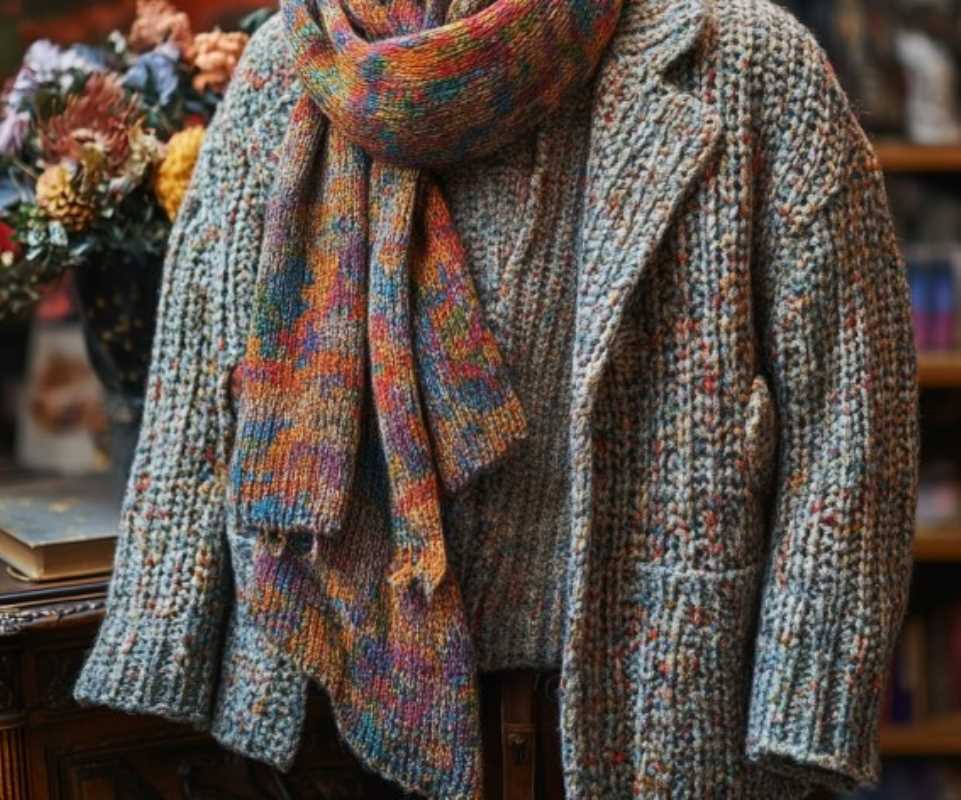 (Image source: Midjourney)
(Image source: Midjourney) 
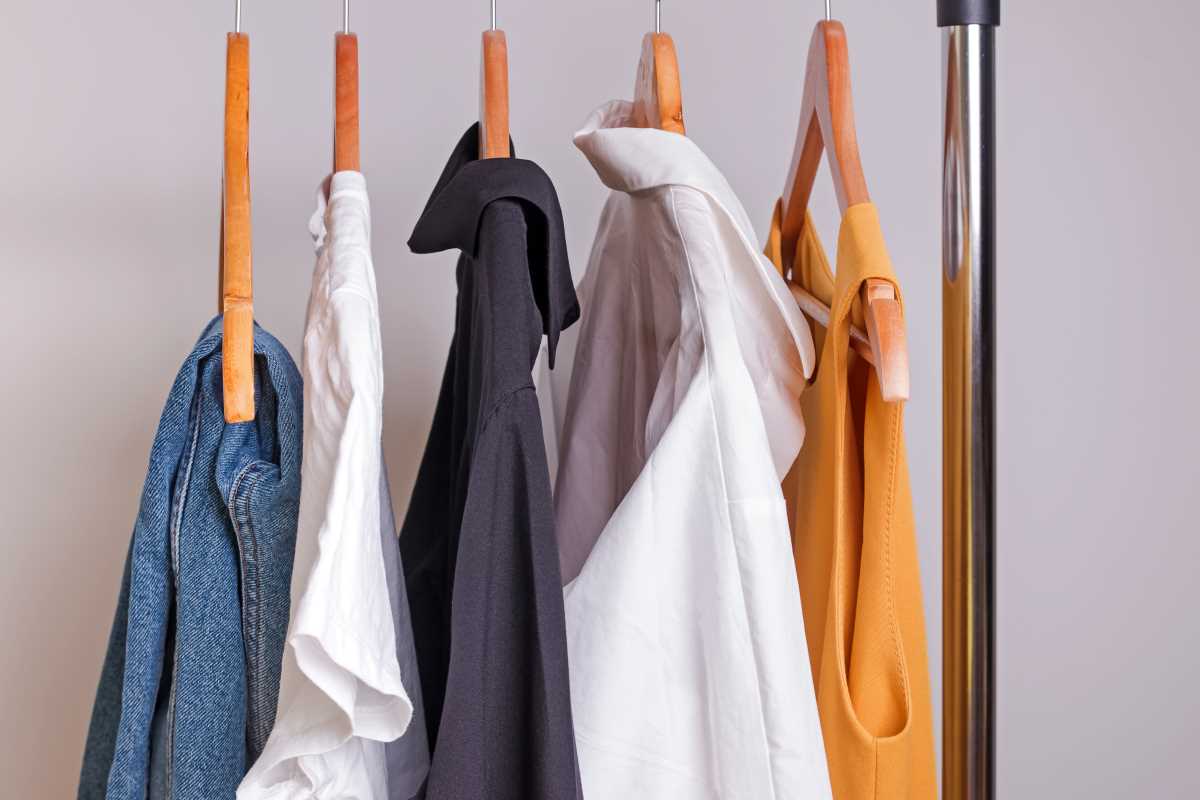

.jpg)
